

Collins An imprint of HarperCollins Publishers Ltd. 1 London Bridge Street London SE1 9GF www.harpercollins.co.uk Collins is a registered trademark of HarperCollinsPublishers Ltd. First published in 2006 Text 2006 Paul Sterry Photographs Individual photographers indicated in the picture credits
Colour reproduction by Nature Photographers Ltd. Paul Sterry asserts his moral right to be identified as the author of this work A catalogue record for this book is available from the British Library All rights reserved under International and Pan-American Copyright Conventions. By payment of the required fees, you have been granted the nonexclusive, nontransferable right to access and read the text of this ebook on-screen. No part of this text may be reproduced, transmitted, downloaded, decompiled, reverse-engineered, or stored in or introduced into any information storage and retrieval system, in any form or by any means, whether electronic or mechanical, now known or hereafter invented, without the express written permission of HarperCollins ebooks HarperCollins
Publishers has made every reasonable effort to ensure that any picture content and written content in this ebook has been included or removed in accordance with the contractual and technological constraints in operation at the time of publication.
Source ISBN: 9780007236848 Ebook Edition MARCH 2015 ISBN: 9780008144586 Version: 2016-12-05
CONTENTS
PEOPLE LIVING IN BRITAIN and Ireland seldom have to travel far to find a wealth of wild flowers and, although the regionsv plantlife faces significant conservation issues, residents should feel privileged to live in such a flower-rich part of the world. Underpinning our floral diversity is a rich array of habitats, the product of our regions topography, geology and history of land use. Good fortune, in the form of the Gulf Stream, dictates a mild and comparatively equable climate for much of the time, and this, too, contributes to botanical diversity.
Complete British Wild Flowers has arisen from my personal love for the flora of Britain and Ireland, not to mention half a lifetime devoted to photographing our wild flowers.
THE REGION COVERED BY THIS BOOK
The region covered by this book comprises the whole of mainland England, Wales, Scotland and Ireland, as well as offshore islands including the Shetlands, Orkneys, Hebrides, Isle of Man and the Isles of Scilly.
THE CHOICE OF SPECIES
The coverage of the book is restricted mainly to what most people understand to be wild flowers not a strict botanical term, but taken to mean flowering plants of relatively modest stature, species that in most cases do not exceed 2m in height.
THE CHOICE OF SPECIES
The coverage of the book is restricted mainly to what most people understand to be wild flowers not a strict botanical term, but taken to mean flowering plants of relatively modest stature, species that in most cases do not exceed 2m in height.
For the sake of completeness I have also included a number of woody flowering shrubs, but I have excluded obvious tree species. Terrestrial habitats harbour the lions share of our flowering plants and this is reflected in the coverage of this book. But I have also included species that are strictly aquatic, both those that occur in freshwater habitats and the limited range of flowering plants that grow in coastal marine environments. Complete British Wild Flowers is aimed primarily at the botanical novice and those with a moderate degree of botanical experience. Consequently, for the main section of the book, I have selected species that the naturalist stands a reasonable chance of encountering, although a few scarce but spectacular and distinctive species have also been included here for good measure. Some botanical groups are minefields for the beginner: for example, hundreds of so-called microspecies of brambles are recognised by experts and similar complexity is found among dandelions, hawkweeds and eyebrights to name three more.
In a book of this size, accurate identification of these subdivisions is impossible to achieve. So rather than baffle the reader, I have chosen to lump the subdivisions together within these complex groups and treat them as species aggregates. In the hope and expectation that readers appetites for botanical discoveries are whetted by the book, the last section of Complete British Wild Flowers is devoted to botanical hotspots, areas that merit a visit in search of the localised floral treasures they harbour.  Floral delights such as this heathland have inspired generations of botanists.
Floral delights such as this heathland have inspired generations of botanists.
THE BOOK HAS BEEN designed so that the text and photographs for each species are on facing pages. A system of labelling clearly states the flowers identity. The text has been written to complement the information conveyed by the photographs.
By and large, the order in which the species appear in the main section of the book roughly follows standard botanical classification. However, because parts of the field are in a state of flux, the order may differ slightly from that found in other guides, past, present or future.
SPECIES DESCRIPTIONS
At the start of each species description the plants most commonly used and current English name is given. This is followed by the scientific name, comprising the genus name first and then by the specific name. In a few instances, where this is pertinent, reference is made, in either the species heading or the main body of the text, to a further subdivision: subspecies. In general, I have followed the nomenclature of Clive Staces
New Flora of the British Isles (
see .).
However, with orchids I have used the most up-to-date classification system, which differs from that in most currently available floras. The family group to which the plant in question belongs is then given. If a species is anything other than widespread and common, there then follows a measure of its scarcity, indicated by rosette symbols:
 | Scarce overall, but locally common |
 | Scarce, local and seldom common |
 | Local and rare |
These scarcity ratings are based on my own observations, so they are subjective and are not intended as an absolute guide to a species status. Lastly in the heading, some measure is given of the plants size. Size and stature vary according to a number of factors so these values should be treated with a degree of caution. The text has been written in as concise a manner as possible.
Each description begins with a summary of the plant and the habitat that it favours. To avoid potential ambiguities, the following headings break up the rest of each description: FLOWERS; FRUITS; LEAVES; STATUS. These sections describe the colour, shape and size of the various plant parts features that tend to be more constant, and hence more useful for identification, than the overall size of the plant. Text in
Next page



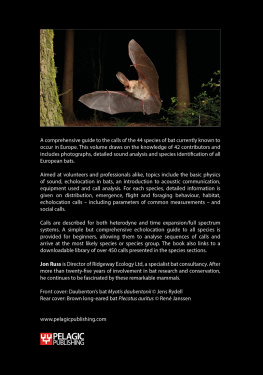

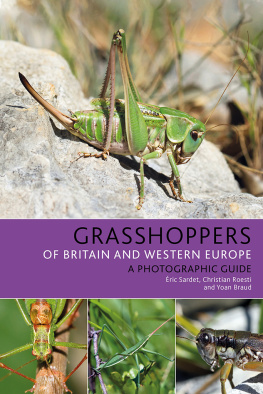

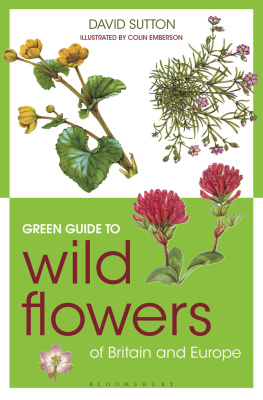
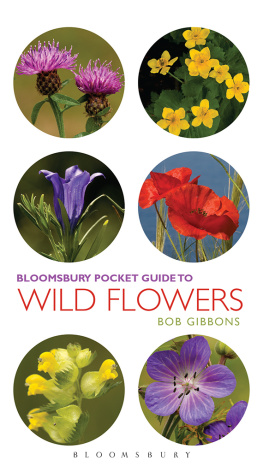
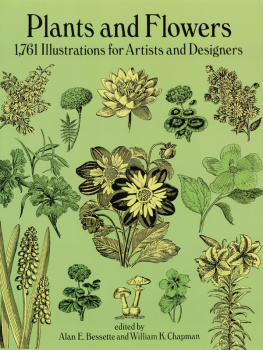




 Floral delights such as this heathland have inspired generations of botanists.
Floral delights such as this heathland have inspired generations of botanists.

